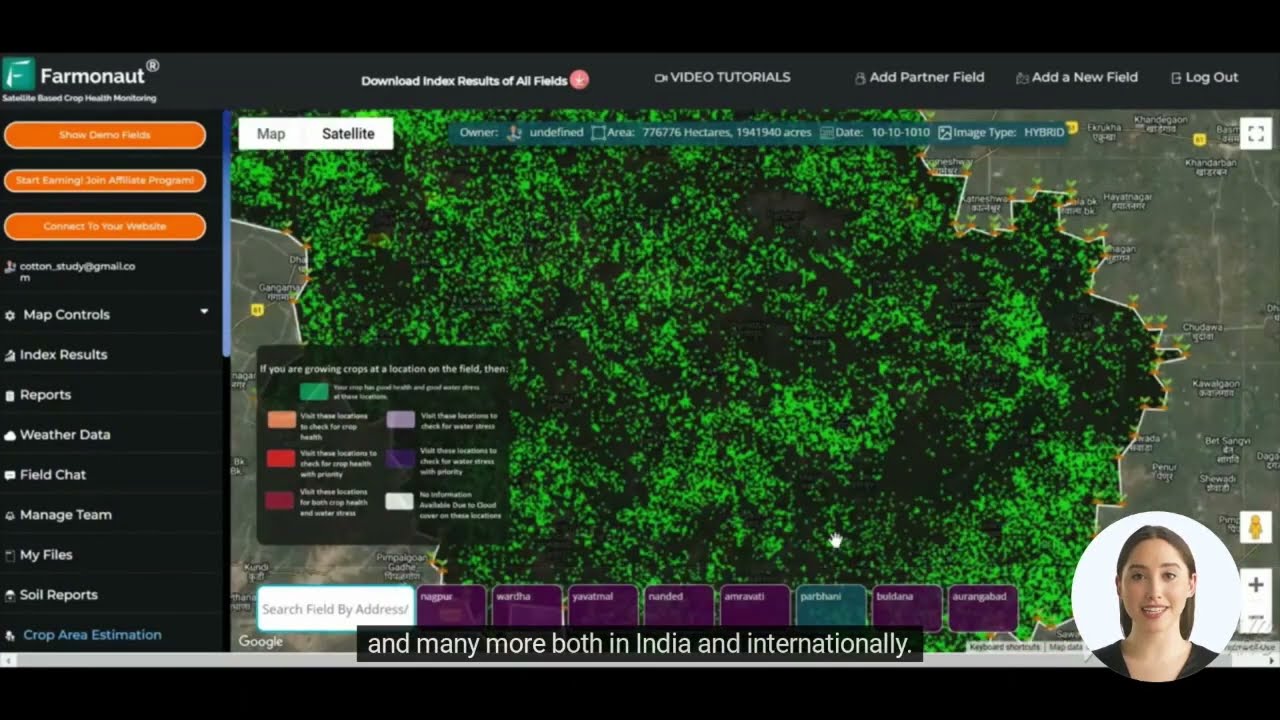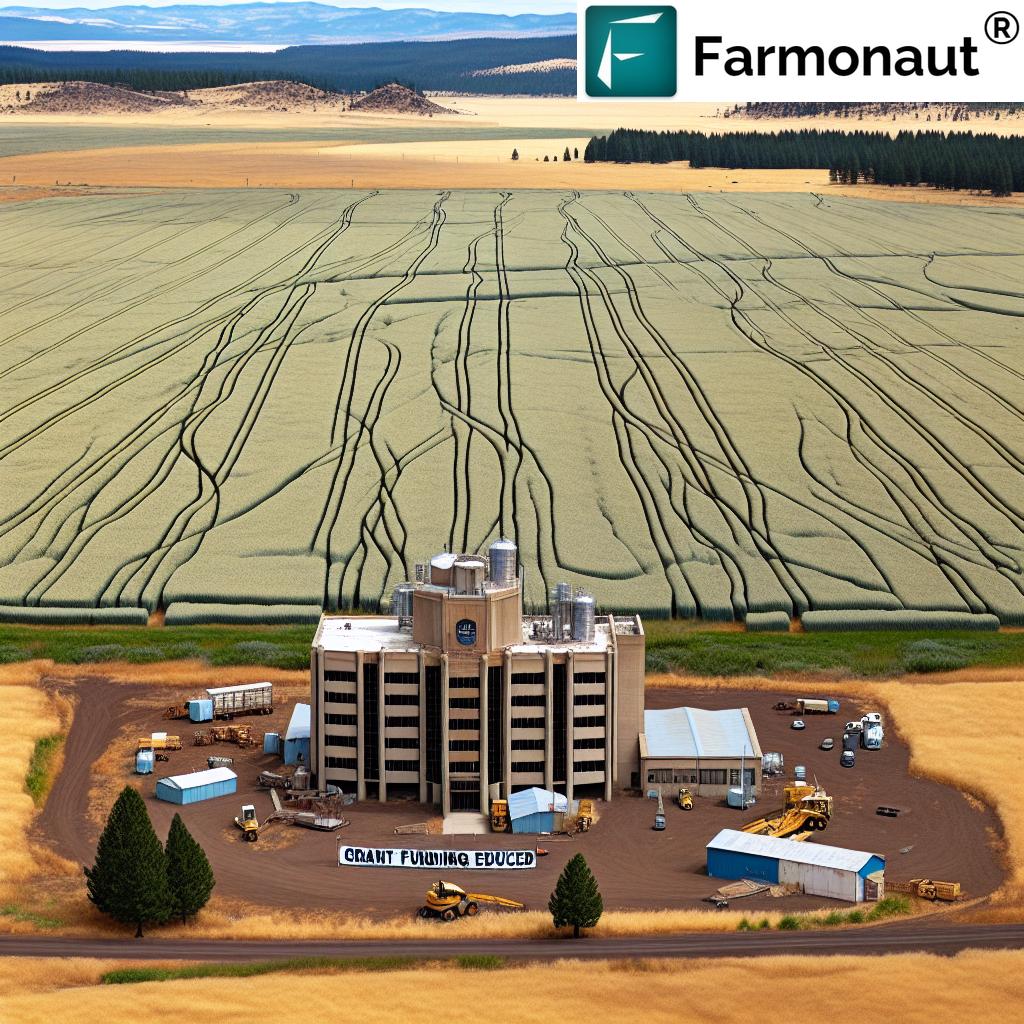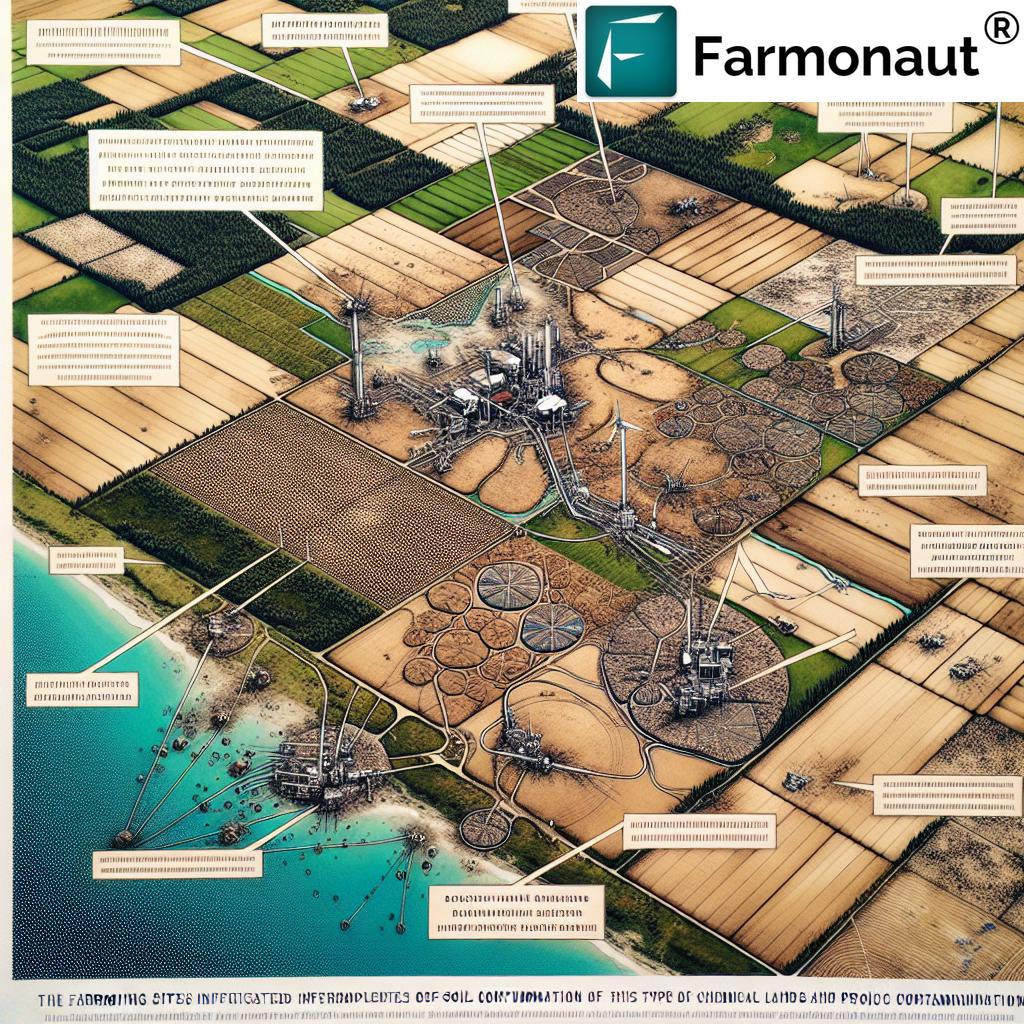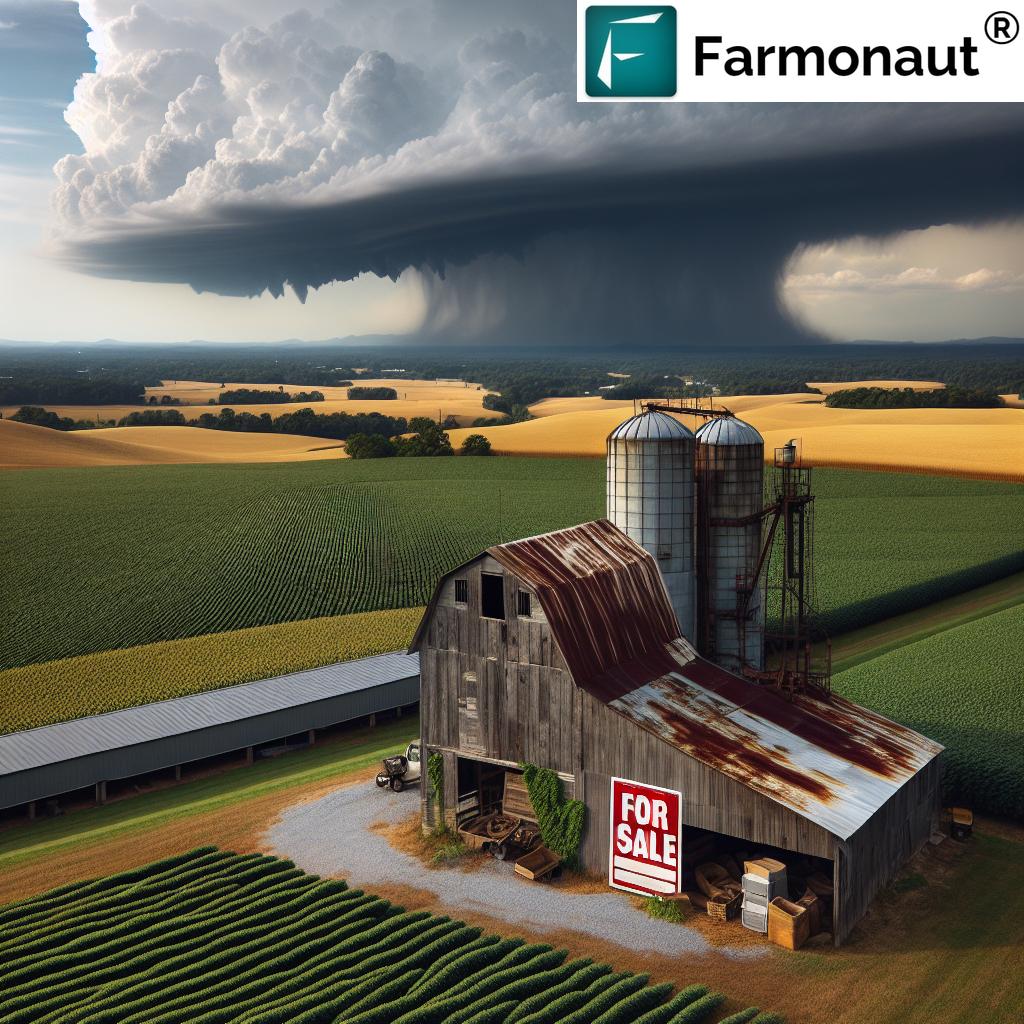Potato Market Insights: Analyzing Russet Trends and Pricing Dynamics in Idaho and Columbia Basin
Welcome to our comprehensive analysis of the dynamic potato market, focusing on russet trends and pricing dynamics in Idaho and the Columbia Basin. As we explore the intricate world of agricultural commodity pricing, we’ll uncover valuable insights into the factors shaping the potato industry across the United States and beyond.
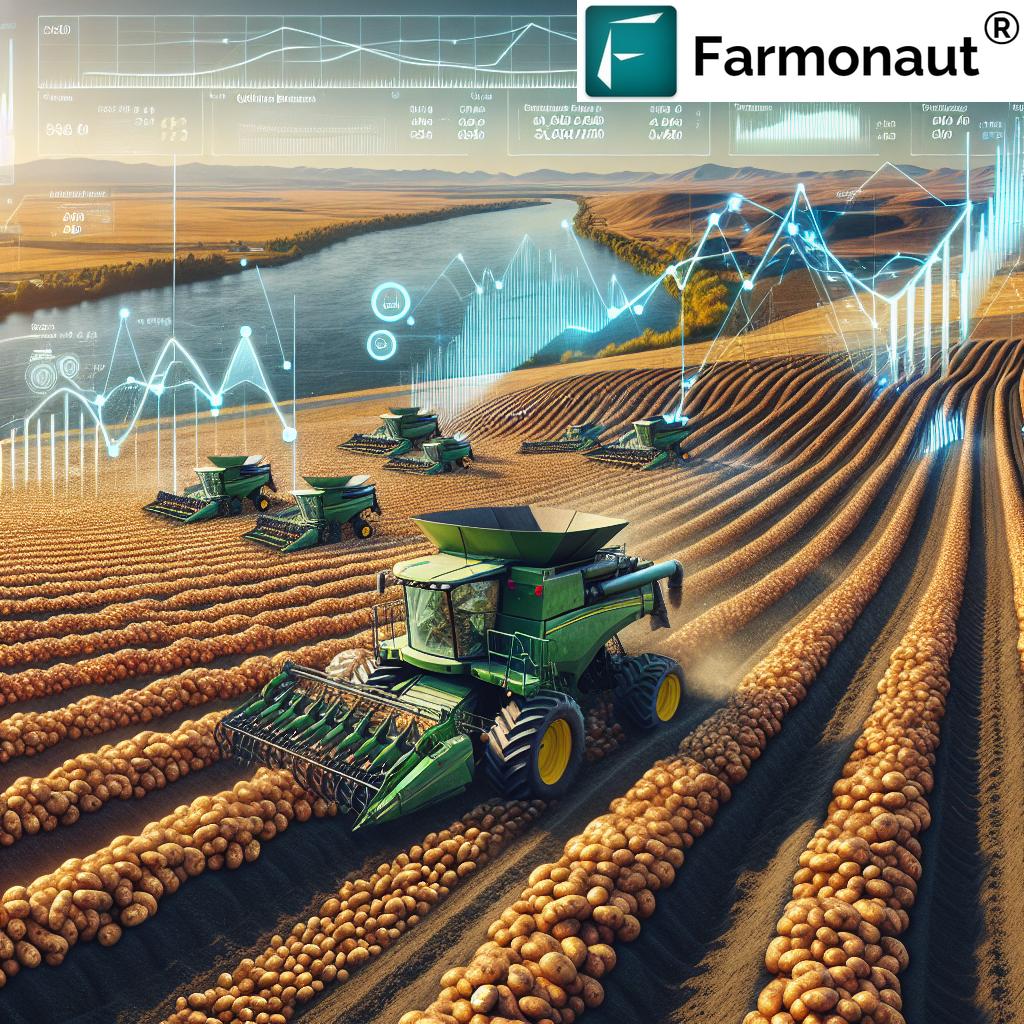
“Idaho and Columbia Basin russet potato prices can fluctuate by up to 30% due to seasonal demand and harvest yields.”
In this blog post, we’ll delve into the complexities of farm supply and demand, examine the impact of seasonal variations, and explore how precision agriculture techniques can optimize potato production. From the Northwest to the virgin territories of agricultural innovation, we’ll provide a comprehensive overview of the intricate dance between crop market analysis and weather patterns.
The Russet Potato Landscape: A Northwest Perspective
The Northwest region of the United States, particularly Idaho and the Columbia Basin, plays a crucial role in the nation’s potato production. These areas are renowned for their ideal growing conditions, producing some of the finest russet potatoes in the world. Let’s explore the unique characteristics of these regions and their impact on the potato market.
Idaho: The Potato State
- Known as the “Potato State,” Idaho leads the nation in potato production
- Ideal climate and soil conditions for growing high-quality russet potatoes
- Home to numerous potato farms and processing facilities
Columbia Basin: A Rising Star
- Encompasses parts of Washington and Oregon states
- Benefiting from extensive irrigation systems and fertile volcanic soil
- Gaining prominence in potato production, complementing Idaho’s output
These two regions form the backbone of the United States’ russet potato production, influencing market trends and pricing dynamics across the country and beyond.
Understanding Russet Potato Market Trends
To gain a comprehensive understanding of the russet potato market, it’s essential to analyze various factors that influence supply, demand, and pricing. Let’s explore these key elements:
Seasonal Demand Fluctuations
Potato demand varies throughout the year, with certain periods experiencing higher consumption:
- Holiday seasons (Thanksgiving, Christmas) see increased demand for fresh potatoes
- Summer months may have lower demand due to warmer weather and changing dietary preferences
- Back-to-school periods often see a rise in demand for processed potato products
Harvest Yields and Quality
The success of the potato harvest significantly impacts market dynamics:
- Favorable growing conditions lead to higher yields and potentially lower prices
- Adverse weather events can reduce crop quality and quantity, driving prices up
- Disease outbreaks or pest infestations may affect regional or national supply
Economic Factors
Broader economic conditions play a role in shaping the potato market:
- Consumer spending habits influence demand for both fresh and processed potatoes
- Exchange rates affect export competitiveness and international trade
- Input costs (fuel, fertilizer, labor) impact production expenses and pricing strategies
By considering these factors, we can better understand the complex dynamics of the russet potato market and make informed predictions about future trends.
Pricing Dynamics: A Tale of Two Regions
To illustrate the pricing dynamics in the russet potato market, let’s compare the trends in Idaho and the Columbia Basin:
| Region | Current Price ($/cwt) | Previous Month Price ($/cwt) | Year-Over-Year Price ($/cwt) | Price Trend |
|---|---|---|---|---|
| Idaho | 12.50 | 11.75 | 13.00 | Stable with slight increase |
| Columbia Basin | 11.90 | 11.50 | 12.75 | Gradual increase |
This comparison reveals subtle differences between the two regions, highlighting the importance of local factors in determining potato prices.
The Role of Precision Agriculture in Potato Production
As we navigate the complexities of the potato market, it’s crucial to consider the role of modern agricultural technologies in optimizing production and managing market challenges. Precision agriculture techniques are revolutionizing the way farmers approach potato cultivation, offering solutions to improve yields, reduce costs, and enhance overall crop quality.
Farmonaut, a leading agricultural technology company, offers innovative solutions that can significantly benefit potato farmers. Their satellite-based farm management platform provides real-time insights into crop health, soil moisture levels, and other critical metrics. By leveraging these tools, farmers can make data-driven decisions to optimize their potato production.
Key benefits of precision agriculture for potato farming:
- Improved resource management (water, fertilizer, pesticides)
- Early detection of crop stress and disease
- Optimized planting and harvesting schedules
- Enhanced yield forecasting and market planning
By adopting these advanced technologies, potato farmers in Idaho, the Columbia Basin, and beyond can better navigate market fluctuations and maintain competitive advantage in the industry.
Weather Patterns and Their Impact on Potato Markets
Weather conditions play a critical role in potato production and, consequently, market dynamics. Let’s explore how various weather patterns affect the potato industry in the Northwest and beyond:
Temperature Fluctuations
- Ideal growing temperatures for potatoes range from 60°F to 70°F (15.5°C to 21°C)
- Extreme heat can lead to reduced tuber formation and lower yields
- Frost events can damage crops, particularly during early growth stages
Precipitation Patterns
- Adequate rainfall or irrigation is crucial for potato development
- Drought conditions can severely impact crop yields and quality
- Excessive rainfall may lead to waterlogged fields and increased disease pressure
Climate Change Considerations
- Shifting weather patterns may alter traditional growing regions
- Increased frequency of extreme weather events poses challenges to potato farmers
- Adaptation strategies, such as drought-resistant varieties, become increasingly important
Understanding and anticipating these weather-related factors is crucial for both farmers and market analysts in the potato industry. Farmonaut’s platform offers valuable weather forecasting tools that can help farmers prepare for and mitigate weather-related risks.
The Holiday Season’s Impact on Potato Markets
As we approach the holiday season, it’s essential to consider its significant impact on potato market dynamics, particularly for russet varieties popular in traditional holiday dishes.
Thanksgiving and Christmas Demand Surge
- Increased consumer demand for fresh potatoes for holiday meals
- Higher prices typically observed in the weeks leading up to major holidays
- Potential for short-term supply shortages in some regions
Retail and Foodservice Sector Preparations
- Grocery stores and restaurants stock up on potatoes in anticipation of holiday demand
- Increased orders from processors for frozen and pre-prepared potato products
- Potential for market volatility as buyers compete for limited supplies
Long-term Market Effects
- Holiday season sales can significantly impact annual revenue for potato farmers
- Post-holiday market corrections may lead to price fluctuations in January and February
- Importance of accurate yield forecasting and inventory management for producers
By understanding these seasonal trends, stakeholders in the potato industry can better prepare for the holiday rush and make informed decisions about production, storage, and marketing strategies.
“The potato market analysis considers over 15 factors, including weather patterns and holiday season impacts, to predict pricing trends.”
Exploring Agricultural Sectors Beyond Potatoes
While our focus has been on the potato market, it’s valuable to consider how trends in other agricultural sectors can influence and interact with the potato industry. Let’s briefly explore some related areas:
Orchards and Fruit Production
- Competition for land and water resources in diverse agricultural regions
- Potential for crop rotation strategies involving fruit trees and potatoes
- Market interactions between fruit and vegetable sectors
Dairy and Livestock Industries
- Dairy farms in Idaho and the Columbia Basin region may compete for agricultural resources
- Potato byproducts can serve as animal feed, creating synergies between sectors
- Land use decisions influenced by relative profitability of potato vs. dairy production
Nuts and Specialty Crops
- Growing demand for specialty crops may impact traditional potato growing areas
- Diversification opportunities for potato farmers to mitigate market risks
- Potential for value-added products combining potatoes with nuts or other specialty items
By considering these interconnected agricultural sectors, we gain a more holistic understanding of the forces shaping the potato market and the broader agricultural landscape in the Northwest and beyond.
Explore Farmonaut’s API for advanced agricultural data
The Role of Technology in Modern Potato Farming
As we continue to analyze the potato market, it’s crucial to highlight the transformative role of technology in modern farming practices. Innovative solutions are reshaping how potato growers approach cultivation, harvest, and market analysis.
Satellite-Based Crop Monitoring
Farmonaut’s cutting-edge satellite technology offers potato farmers unprecedented insights into their crops:
- Real-time vegetation health indices (NDVI) to assess crop vigor
- Early detection of pest infestations or disease outbreaks
- Precise irrigation management based on soil moisture data
AI-Powered Advisory Systems
Artificial Intelligence is revolutionizing decision-making in potato farming:
- Personalized crop management strategies based on historical and real-time data
- Predictive analytics for yield forecasting and market planning
- Automated alerts for critical farm management tasks
Blockchain for Supply Chain Transparency
Emerging blockchain technologies are enhancing traceability in the potato industry:
- Improved food safety through end-to-end product tracking
- Enhanced consumer trust through transparent supply chain information
- Potential for premium pricing for verified, high-quality potato products
By leveraging these advanced technologies, potato farmers in Idaho, the Columbia Basin, and other regions can optimize their operations, reduce risks, and better position themselves in the competitive agricultural market.
Access Farmonaut’s API Developer Docs for integration details
Global Perspectives on Potato Markets
While our focus has been on the Northwest United States, it’s important to consider the global context of potato production and markets. Let’s explore how international trends and developments influence the potato industry:
International Trade Dynamics
- Impact of trade agreements on potato exports and imports
- Competition from major potato-producing nations like China, India, and European countries
- Fluctuations in currency exchange rates affecting international potato trade
Emerging Markets and Consumption Trends
- Growing demand for processed potato products in developing economies
- Shifts in dietary preferences influencing global potato consumption patterns
- Opportunities for specialty potato varieties in niche international markets
Global Climate Change Impacts
- Potential shifts in potato-growing regions due to changing climate patterns
- Increased focus on drought-resistant and heat-tolerant potato varieties
- International collaboration on sustainable potato farming practices
Understanding these global perspectives helps contextualize the local and regional trends we’ve discussed, providing a more comprehensive view of the potato market landscape.

The Future of Potato Farming: Innovations and Challenges
As we look to the future of potato farming, particularly in regions like Idaho and the Columbia Basin, several key trends and challenges emerge:
Sustainable Farming Practices
- Increased adoption of water-efficient irrigation systems
- Growing interest in organic and regenerative potato farming methods
- Development of environmentally friendly pest and disease management strategies
Genetic Advancements
- Ongoing research into disease-resistant potato varieties
- Exploration of potatoes with enhanced nutritional profiles
- Potential for climate-adaptive potato cultivars
Automation and Robotics
- Integration of autonomous vehicles for planting and harvesting
- Use of drones for precise crop monitoring and management
- Development of AI-powered sorting and grading systems
These innovations promise to reshape the potato industry, potentially leading to increased efficiency, sustainability, and profitability for farmers in the Northwest and beyond.
Conclusion: Navigating the Complex Potato Market Landscape
As we conclude our comprehensive analysis of potato market insights, focusing on russet trends and pricing dynamics in Idaho and the Columbia Basin, several key takeaways emerge:
- The potato market is influenced by a complex interplay of factors, including seasonal demand, weather patterns, and global economic conditions.
- Regions like Idaho and the Columbia Basin play crucial roles in shaping the U.S. potato industry, with their unique growing conditions and established agricultural infrastructure.
- Precision agriculture technologies, such as those offered by Farmonaut, are becoming increasingly important for optimizing potato production and navigating market challenges.
- The holiday season significantly impacts potato demand and pricing, requiring careful planning and market analysis by industry stakeholders.
- Global trends and innovations in sustainable farming practices, genetic advancements, and automation are set to shape the future of potato farming.
By staying informed about these trends and leveraging advanced agricultural technologies, potato farmers, investors, and industry professionals can better position themselves to succeed in this dynamic market. As we look to the future, the potato industry in the Northwest and beyond stands poised for continued innovation and growth, adapting to meet the challenges of a changing agricultural landscape.
FAQ: Potato Market Insights
Q: What factors most significantly influence russet potato prices in Idaho and the Columbia Basin?
A: The most significant factors include seasonal demand (especially during holidays), harvest yields, weather conditions, and overall economic trends affecting consumer spending and export markets.
Q: How does precision agriculture benefit potato farmers?
A: Precision agriculture helps potato farmers optimize resource use, detect crop issues early, improve yield forecasting, and make data-driven decisions for better crop management and market planning.
Q: What role does weather play in potato production and market dynamics?
A: Weather significantly impacts potato growth, yield, and quality. Extreme temperatures, drought, or excessive rainfall can affect crop outcomes, leading to supply fluctuations and price changes in the market.
Q: How does the holiday season affect potato markets?
A: The holiday season, particularly Thanksgiving and Christmas, typically sees increased demand for potatoes, often leading to higher prices and potential short-term supply challenges in some regions.
Q: What future innovations are expected in potato farming?
A: Future innovations include sustainable farming practices, genetic advancements for disease-resistant and climate-adaptive varieties, and increased automation in planting, monitoring, and harvesting processes.


